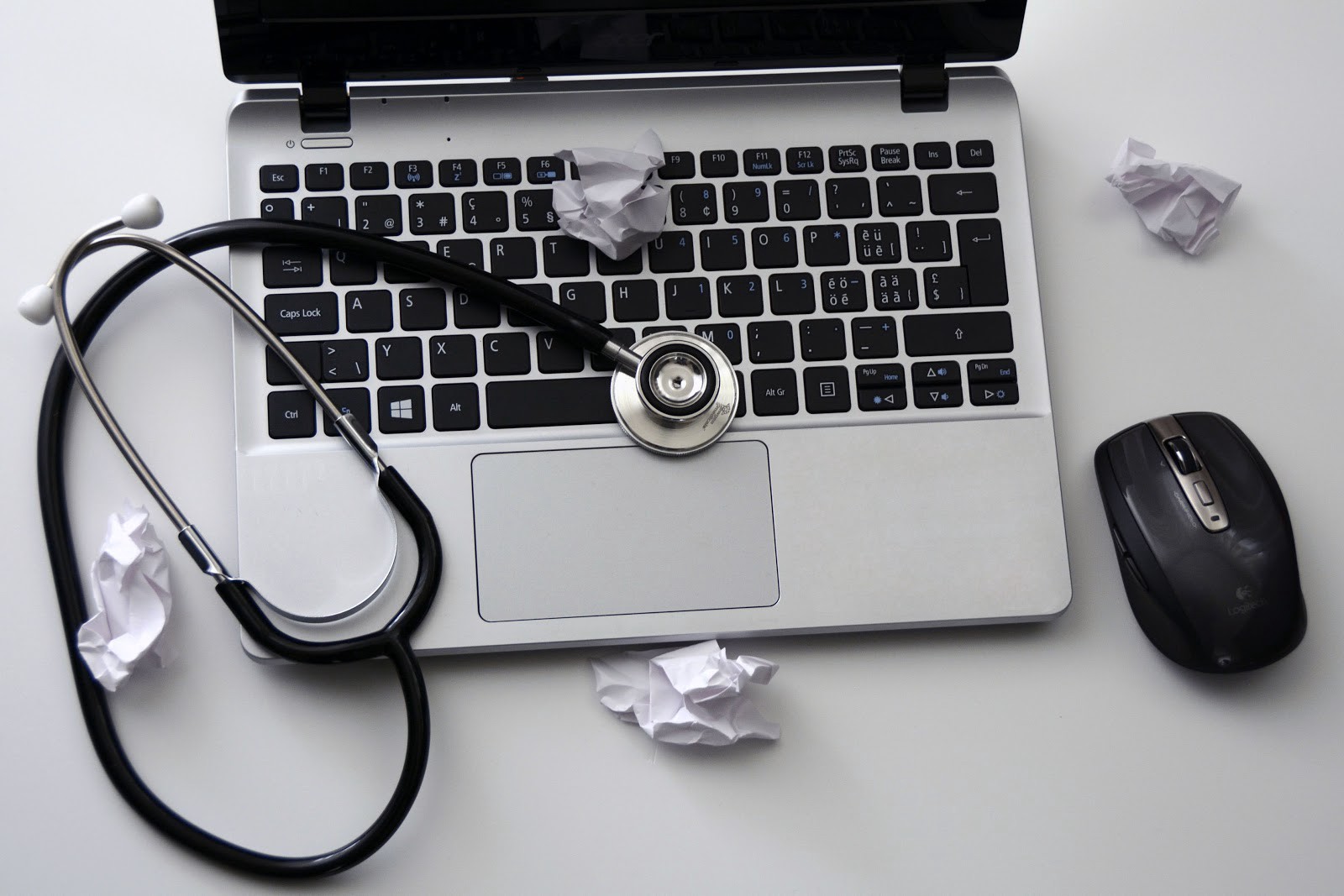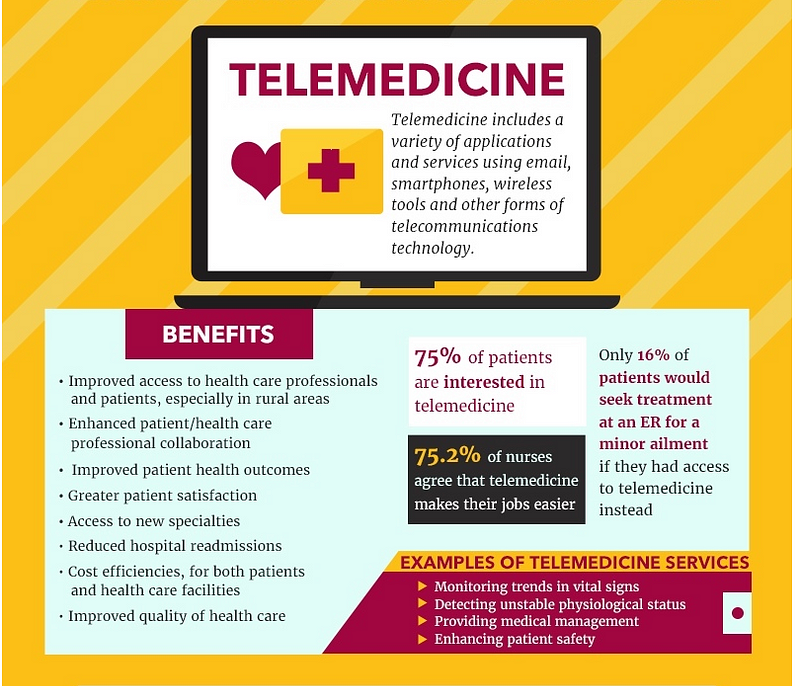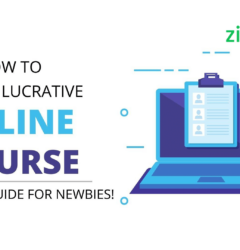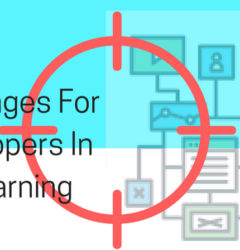How the Rise of Online Learning Is Inspiring New Technology
23 May

Table of Contents
ToggleAs the world of technology continues to be revolutionized, so do the standards of education. Online learning has certainly gained popularity over the years, and new technology has been hitting the market to keep up with the ever-evolving world of education. The healthcare and medical fields have especially benefited from new technology entering the education realm, providing more opportunities for soon-to-be nurses and physicians to hone those important, life-saving skills. Using tools such as game-based learning and simulated reality, education — and the way we learn — is certainly getting a makeover, benefiting both patients and students.
Technology Inside the Classroom
The technology advancements taking place within the medical world are undoubtedly changing the nature of our healthcare — especially the way doctors and nurses are trained. As the experts at Bradley University explain using a study from the Online Journal of Issues in Nursing (OJIN), “simulation learning strategies can vary widely and typically are employed when educating student nurses. Examples of common simulation approaches in the nursing field include the following”:
- Virtual platforms like video games or computer programs (a.k.a mid-fidelity simulation). According to Kaplan Nursing, “Completing mid-fidelity simulations requires students to think critically and make sound clinical judgments while taking a client through the entire nursing process of Chart Assessment, Physical Assessment, Nursing Diagnosis, Care Plans, and Evaluation.”
- Trainer programs for learners to practice key skills. As the University of Minnesota elaborates, “Task trainers and tabletop models support more focused needs for skill development. They can be used for teaching and assessment independent from simulation scenarios, and they can also be utilized in hybrid simulations (simulations that combine simulated patients with simulators or task trainers).”
- Computerized manikins can be used to create scenarios that feel authentic (also known as high-fidelity simulation). These manikins, such as SimMan® 3G, are “An emergency patient simulator that can help improve critical time management, decision making, communication and handovers between departments.”
- Role-play either with other team members or using non-computerized manikins.
Bradley University goes on to further explain, saying, “The [OJIN] study also noted that simulation can be used to educate practicing nurses. Researchers argued that simulation can be implemented when a nursing team struggles with communication among its members or when productivity and professionalism are on the decline. In such scenarios, simulation exercises are an effective way for nurses to not only revise and refine basic nursing skills but also to improve communication within their team through collaboration.”
Soon-to-be nurses and other medical professionals using these simulated learning classes are introduced to the high-stress, demanding situations they’ll likely come across in the field. This means that when they do face these situations in real life, they’ll be more practiced and thus more prepared to aptly handle the pressures medical professionals often face at any given moment. Training is important for all careers but certainly for the medical field. By providing this simulated technology to medical students, it can help reduce future student error and have more positive patient outcomes.
Technology Outside the Classroom
New technology in healthcare has also been providing a better connection between patients and their medical providers. Technology helps fill in the gaps for patients who are unable to regularly make it to visit their physician. Duquesne University explains that “the Internet of Things phenomenon introduces new medical devices on a daily basis … not only making nurses’ jobs easier and increasing the quality of patient care, but they are also making healthcare more efficient.”Furthermore, patients living in rural or underserved communities can also expect to benefit greatly from IoT and AI healthcare technology.
As Duquesne University goes on to further explain, the types of IoT technology tech-savvy nurses and their patients are utilizing, include:
- “Remote Monitoring: Of chronic disease patients, pregnant women, disabled adults, and the elderly.
- Tracking Sensors: For hospital asset management, chain-of-custody tracking, and location tracking of dementia patients and fall risks.
- Personal Care: Reminding patients to take medicine, exercise, take vital signs, and plan meals according to dietary restrictions.
- Telemedicine/Telehealth: Allowing for medical advice and some routine care remotely via smartphone messaging, online chat, or video conferencing.
- Behavior Modification: Helping patients modify certain behaviors, such as exercise and eating habits, and addiction management.”
Forbes aptly explains how AI and IoT are helping these important technologies emerge and make life easier, “When humans embed known data into algorithms, computers can extract information and apply it to a problem. Take cancer treatment, for example. Using consensus algorithms from experts in the field, along with the data that oncologists enter into a medical record (i.e., a patient’s age, genetics, cancer staging, and associated medical problems), a computer can review dozens, sometimes hundreds, of established treatment alternatives and recommend the most appropriate combination of chemotherapy drugs for a patient.” This means that patients can get an even more objective clinical diagnosis and treatment recommendation. As Forbes goes on to further explain, “The biggest difference between physicians is not their level of intelligence, but
(a) how they approach patient problems and
(b) the health systems that support them.
And because “a” and “b” combine to create wide variations in clinical outcomes nationwide, machine learning offers great hope for the future.”
While this technology is not necessarily replacing the role of a physician, it does help patients receive a more personal and quicker diagnosis and in turn, better treatment.

Another resource making life easier in the realm of healthcare are smart devices. Most patients these days have or have access to a smart device, making tracking and monitoring their health concerns easier and overall cheaper. For example, patients with disabilities or elderly patients who might struggle to find a way to see their healthcare provider can now connect with their nurse and doctor via Skype, which provides a face-to-face connection and allows patients to communicate just as effectively as if they were at the office. It also helps medical staff provide better, quality care. According to Arizona State University, 75.2 percent of nurses said that telemedicine makes their jobs easier. Furthermore, it improves collaboration between patients and healthcare professionals. Patients who have chronic illnesses often skip their follow-up appointments because of the cost and time consumption.
With telemedicine not only does it allow for better remote monitoring but as Chiron Health explains,
“People with chronic conditions account for 81% of hospital admissions; 91% of all prescriptions filled; and 76% of all physician visits…remote medication management takes the burden of multiple visits off the patient, making it easier for them to balance their need for treatment with their quality of life.”
With patients having more convenient ways to access their vital healthcare needs, healthcare technology provides a revolutionary way to live life with a chronic illness and the like.
Conclusion
Embracing the advancements of technology, the medical field is continuously improving and providing patients with better care and communication. With an increase in well-trained and practiced nurses, doctors, and surgeons fundamental techniques, big and small, have become easier, faster, and more efficient. Furthermore, more individuals are now able to connect with a medical professional that otherwise might not be readily available to them. Overall, technology has positively impacted health and medical education, and it’ll certainly be exciting to see how it continues to advance.
This is a guest post for zipBoard’s blog by Avery Phillips.
Request Demo
Request a personalized demo to implement new interactive tools for designing interesting learning experiences with your stakeholders
Get DemoRelated Post
Recent Posts
- MEP Document Management: How to Streamline Reviews & Avoid Rework October 3, 2025
- What Is Online Proofing Software? And Why Content Review Breaks Without It July 11, 2025
- How Laerdal Medical Cut eLearning Review Time by 50% with zipBoard’s Visual Review Tool July 9, 2025
- Why Your Team Needs a Content Feedback System (Not Just Comments in Docs) May 28, 2025
- Content Approvals Are Slowing You Down — Here’s the Fix May 26, 2025
©️ Copyright 2023 zipBoard Tech. All rights reserved.


